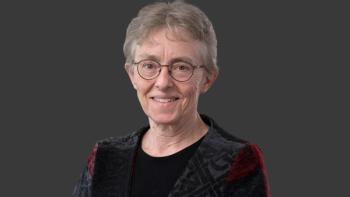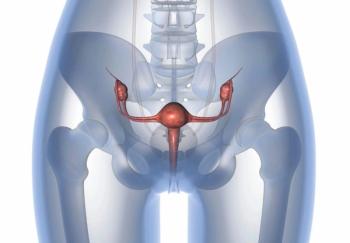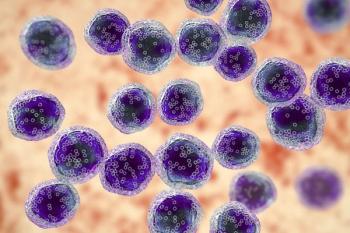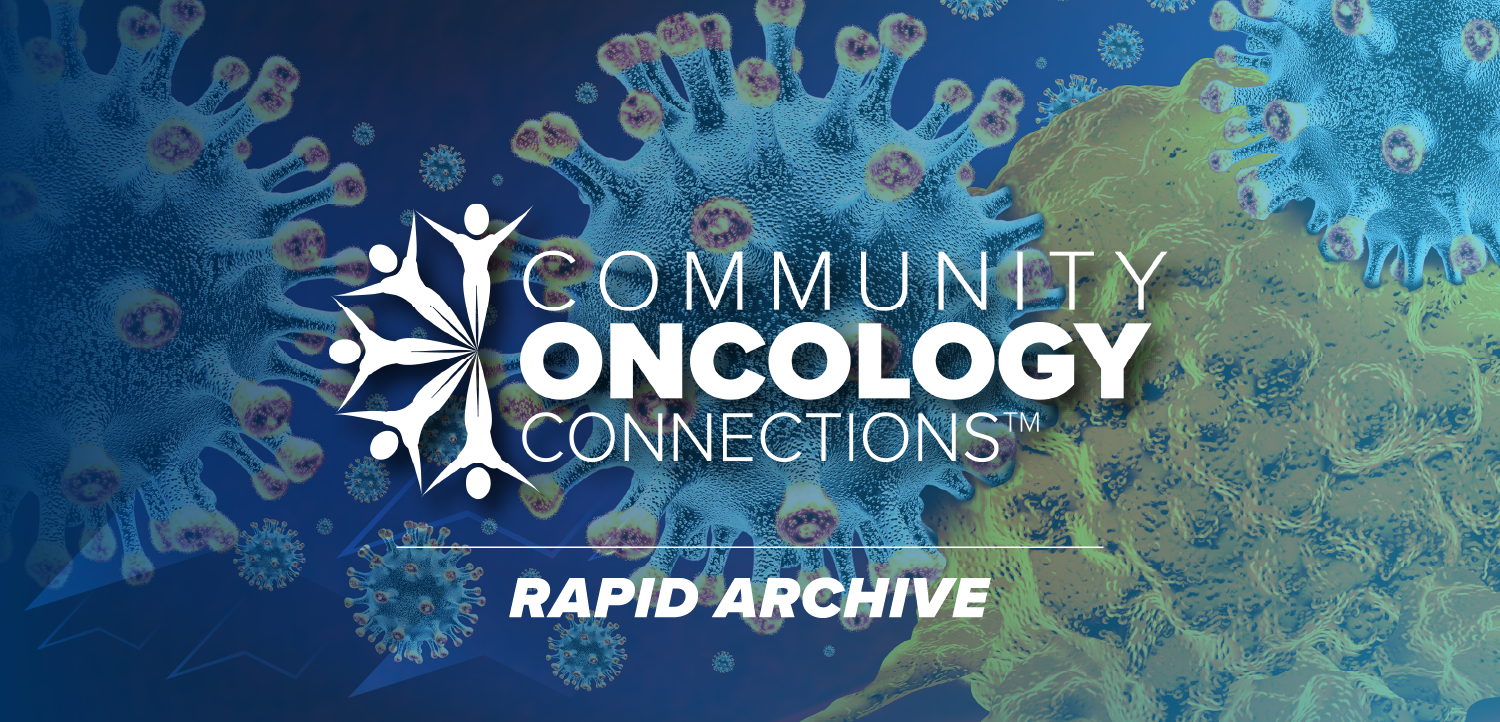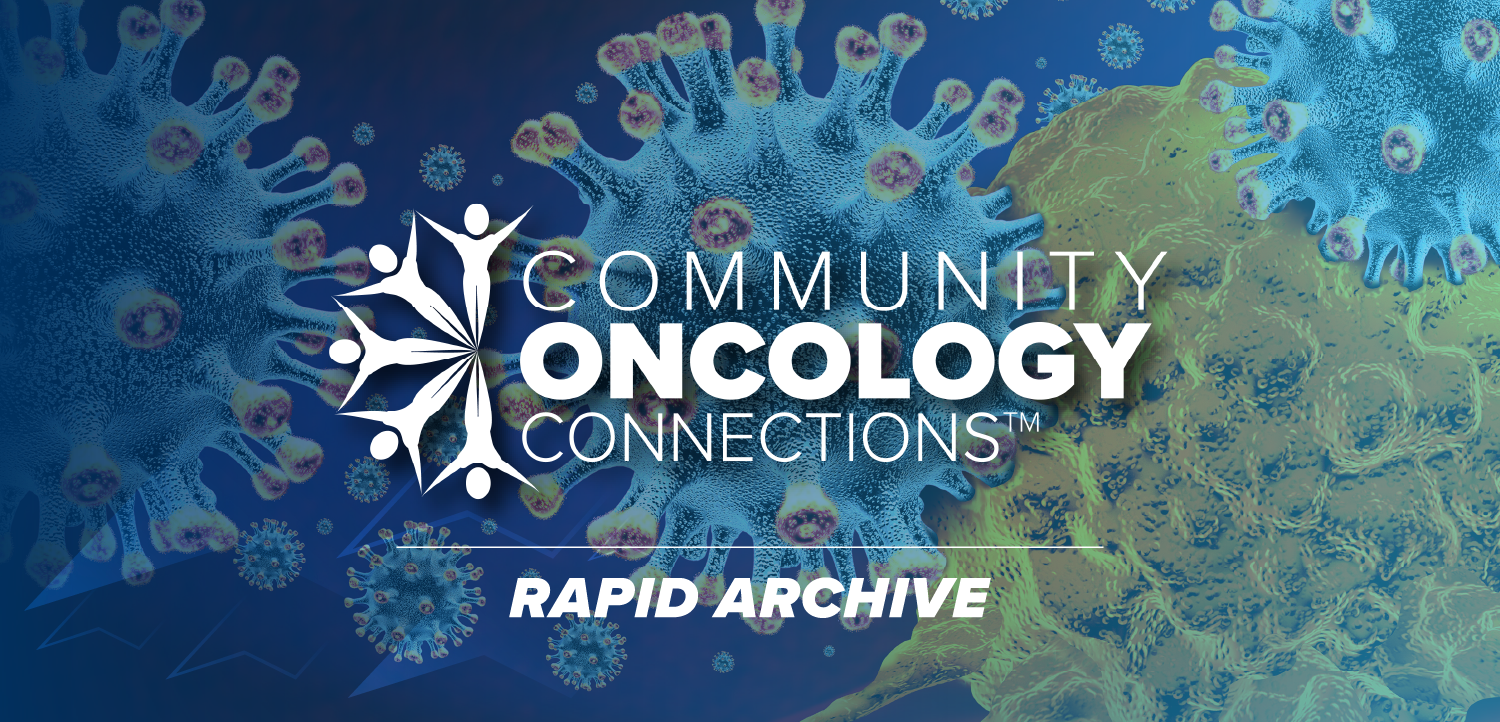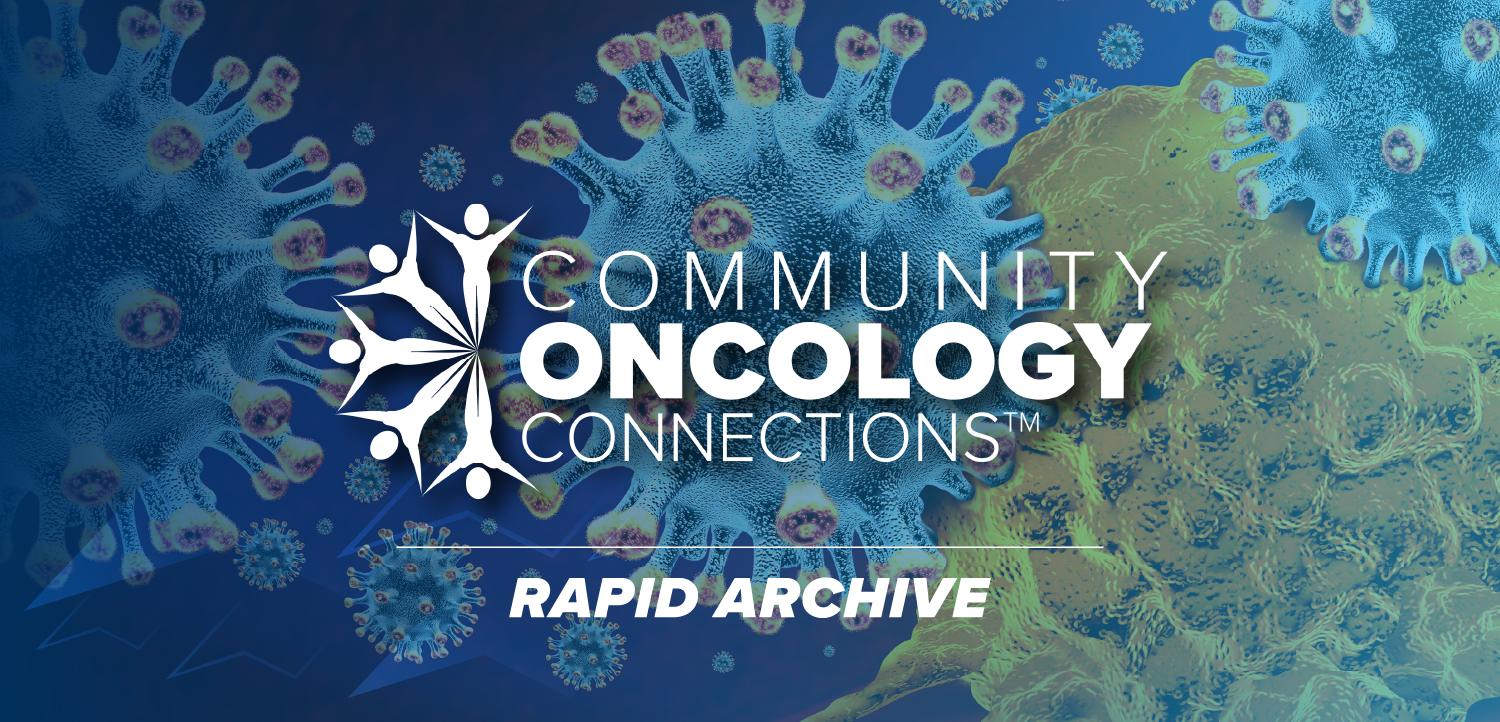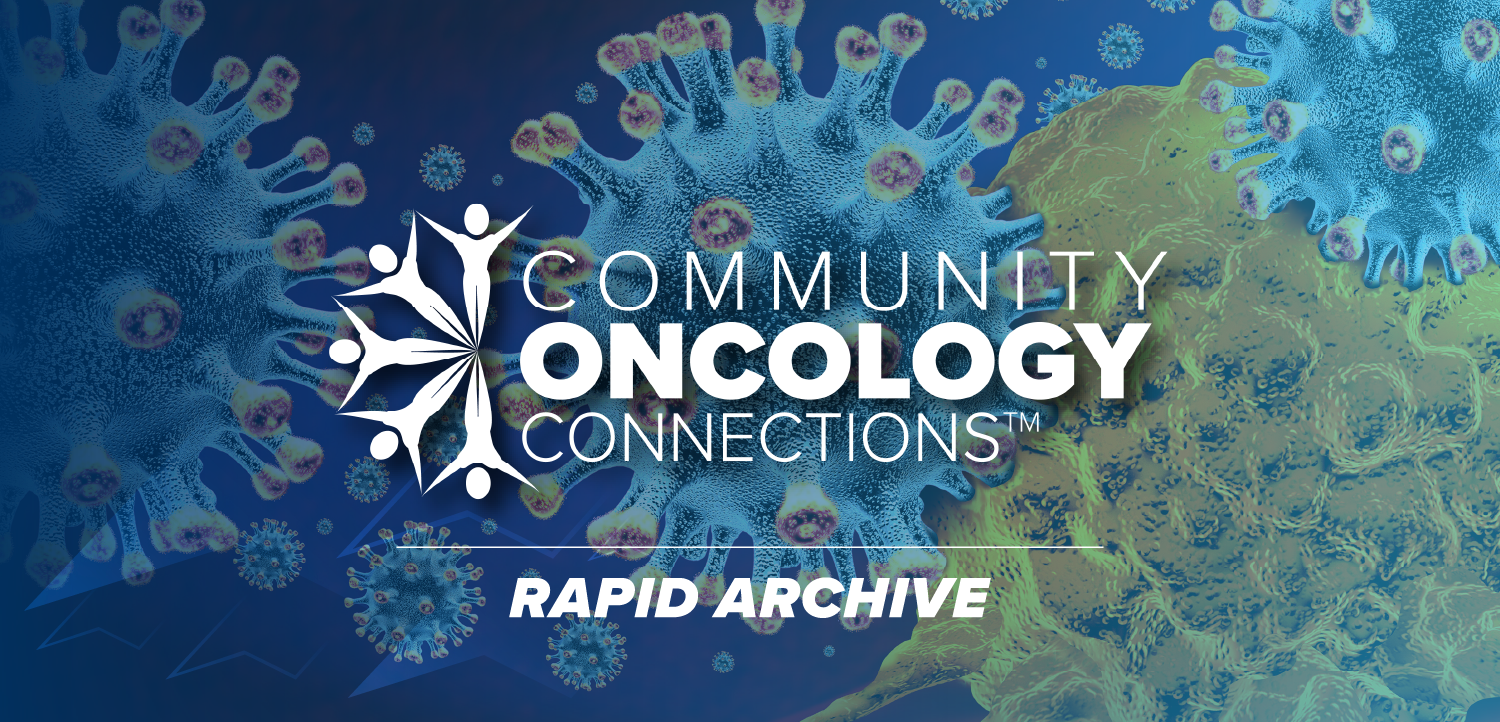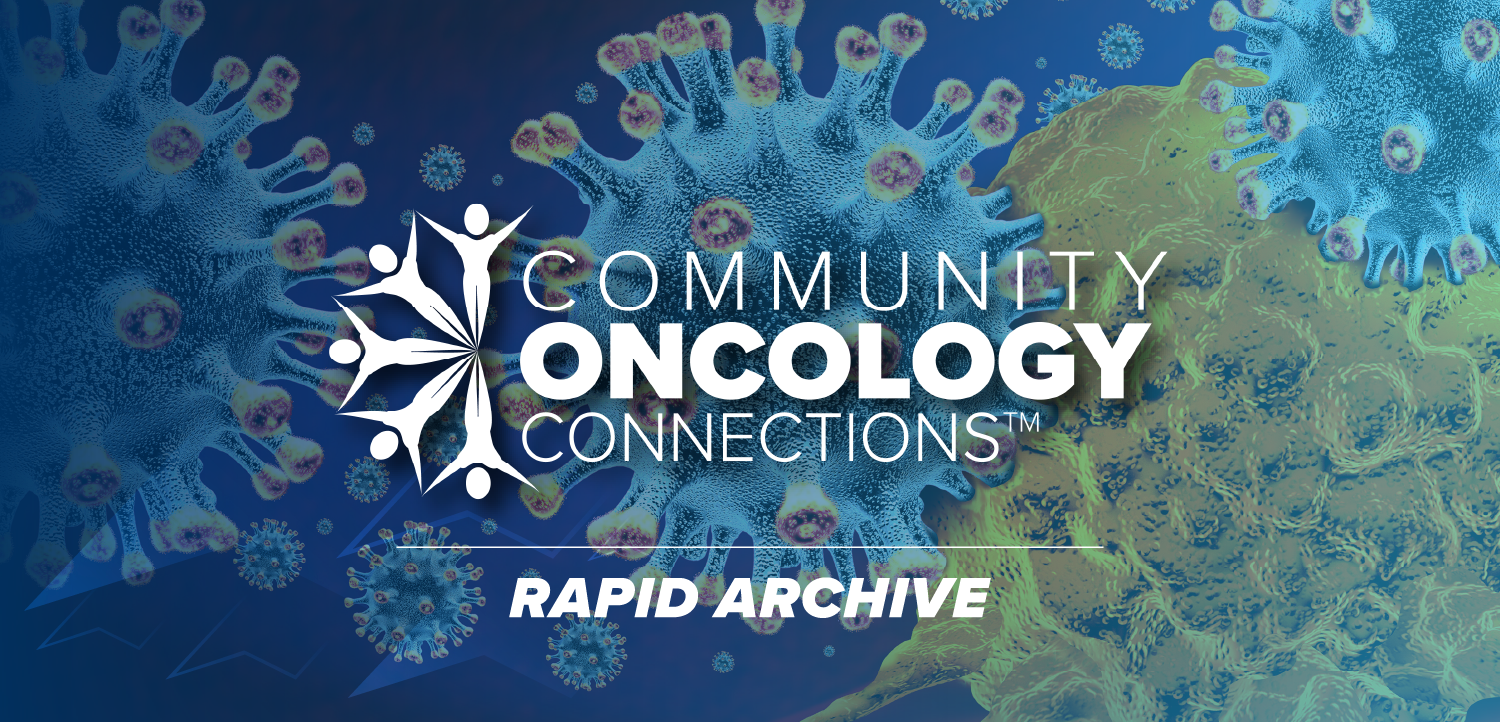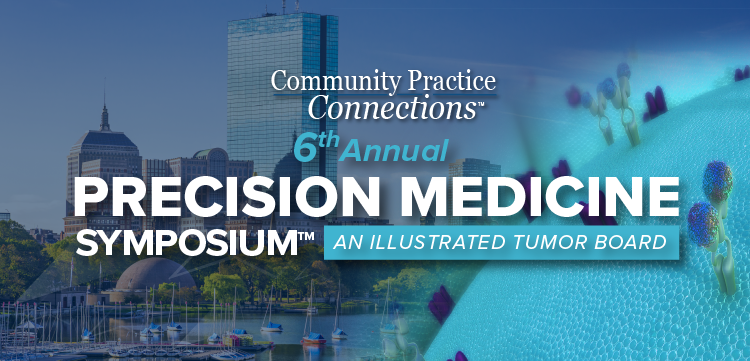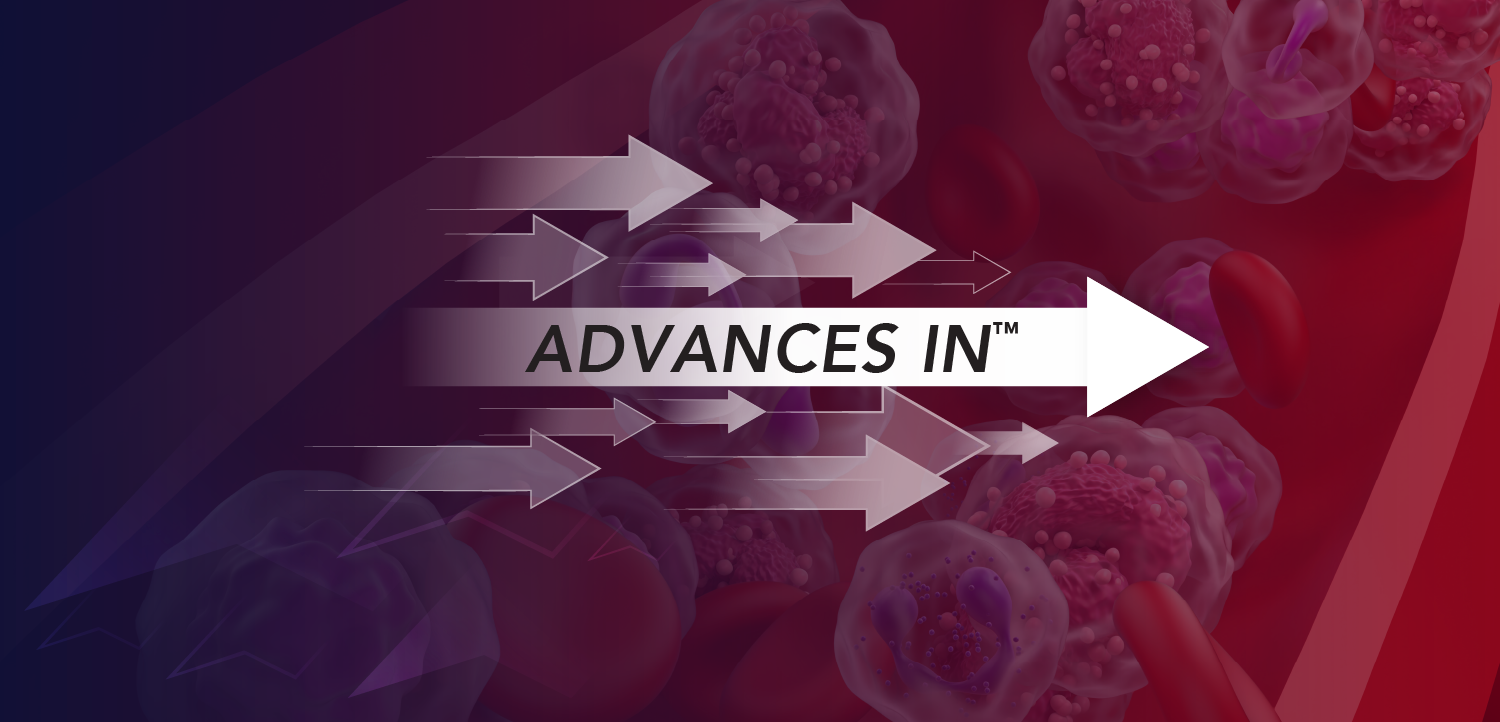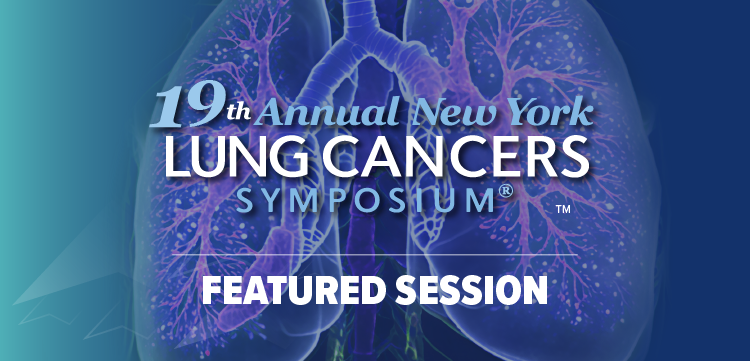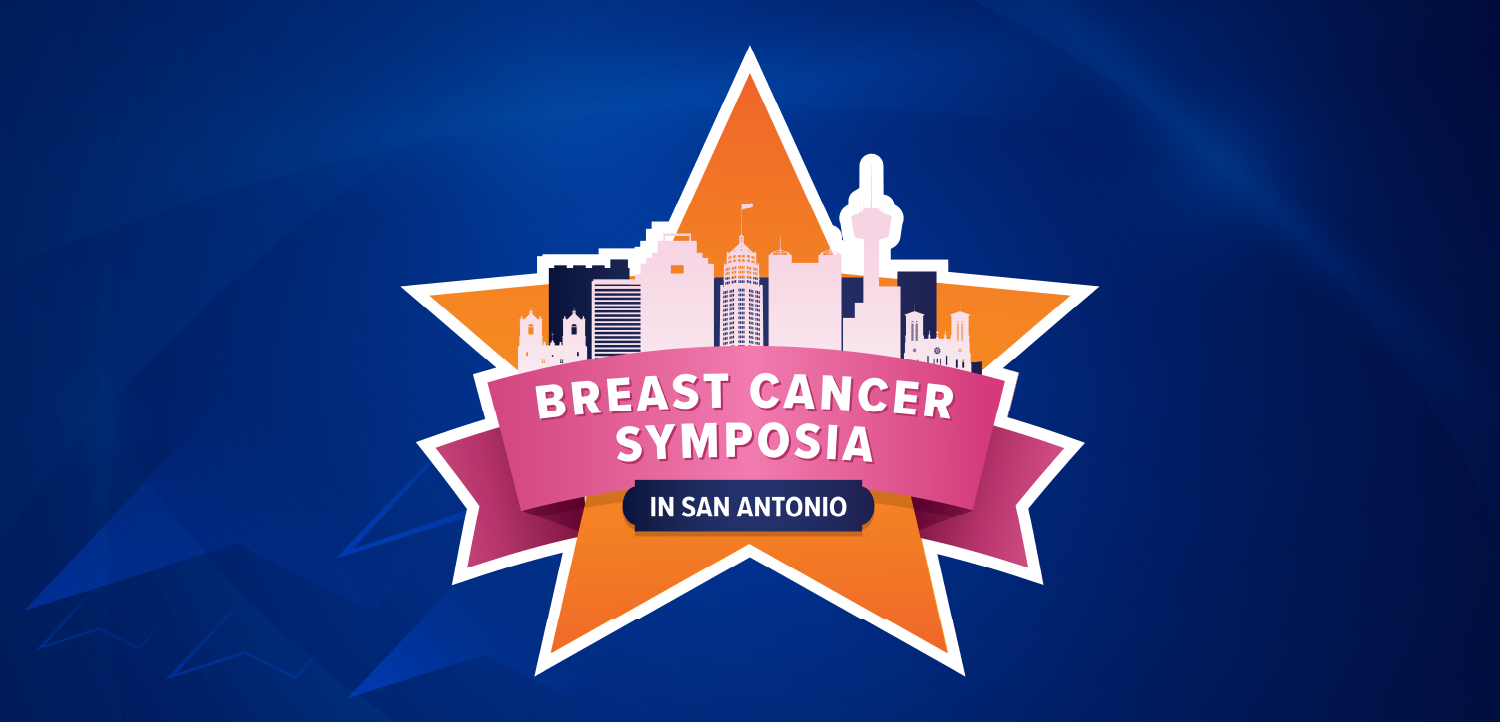
- ONCOLOGY® Companion, Volume 39, Supplement 1
- Volume 39
- Issue 01
- Pages: 25-27
Intricacies of EGFR-Mutated NSCLC Care From the Patient Perspective
Alexander Spira, MD, and Julia Lazo, RN, spoke with Melinda Reubens, who was diagnosed with EGFR-mutant NSCLC, and her husband Justin.
Melinda Reubens was diagnosed with EGFR-mutated non–small cell lung cancer (NSCLC) more than 20 months ago and turned to Alexander Spira, MD, PhD, FACP, FASCO, codirector of the Virginia Cancer Specialists Research Institute and director of the Thoracic and Phase 1 Program; and Julia Lazo, RN, a nurse navigator at the Virginia Cancer Specialists Research Institute. In the constantly evolving field of EGFR-mutated NSCLC, physicians, nurses, patients, and caregivers face new questions as efficacy and safety data improve.
During an episode of From All Angles, hosted by CancerNetwork, Melinda; her husband, Justin; Spira; and Lazo discussed Melinda’s cancer care and how to best decide among the new treatment combinations being constantly added. They also discussed her experience with adverse effects (AEs).
Spira: Melinda, can you talk about the treatment of your EGFR-mutated NSCLC and the trial you’re on?
Melinda: I started with the [phase 3 MARIPOSA-2 trial (NCT04988295)], and there was a lot of testing to meet all the markers and milestone tests for the clinical trial.1 I was busy and had lots of appointments, but that’s OK; it kept everything on schedule. I did have quite a few AEs with the clinical trial study drugs, and I was able to get through those. [There was] a lot of nausea and hair loss—the normal things that you would expect with chemotherapy. Now I’m on amivantamab-vmjw [Rybrevant] and have [fewer] AEs, no nausea, and my hair [has grown] back. It was the complete opposite. I feel somewhat normal. I get the infusions every 3 weeks and keep [on] going with my life.
Justin: Concerning the AEs, those [information] sheets that we received were very valuable because she has had some of the obscure AEs that we’ve been able to identify and tie back to [and say], “This is because of the medication.”
Spira: We give patients the AE [sheets] and…informed consent forms, and it’s all on there. Sometimes there [are] so many things that are on there that it’s hard to [look at it] and [see] which [AEs] you’re going to have. You are obviously incredibly involved in your cancer care, and that’s wonderful. That makes everybody’s lives a little bit easier. Some patients choose not to be as involved, but when you read about all those [AEs], that’s good because you can ask a lot of questions.
Melinda, since you were diagnosed, [the field of] EGFR-mutated NSCLC has changed substantially, [even] over the [past] 12 months. How long are we into our journey?
Melinda: We are coming up on 20 months.
Spira: Over the [past] 6 months, things have changed substantially. When you were first diagnosed, the only drug that was approved was osimertinib [Tagrisso], and that’s what we gave to everybody. Then there [were] emerging data [on] whether or not you add chemotherapy to it––[that’s] the [phase 3 FLAURA2 trial (NCT04035486)] regimen––and then [there’s] the [phase 3 MARIPOSA trial (NCT04487080)] regimen, which is combining amivantamab and lazertinib [Lazcluze] in the frontline setting.2,3 There [are] a lot of different choices that we have right now to give to patients who are newly diagnosed, and that’s changed even over the [past] 8 months. It’s going at rocket speed right now. Currently, the way we think about [treating] patients is either giving them osimertinib by itself, which is a standard of care—a very good standard of care because it’s well tolerated––[or] there [are] emerging data that the MARIPOSA regimen, which is amivantamab and lazertinib,…can be given in the frontline setting, and patients have slightly better outcomes…. That was FDA approved [in August 2024].4 Obviously, you are in a clinical study. Then there’s [the phase 3 PAPILLON trial (NCT04538664)] regimen, where you combine chemotherapy with amivantamab in the frontline setting.5 [There are] multiple different choices.
As I approach this right now, we have 4 different options to think about because we also always think about clinical studies, as Melinda was on. We try to pick the regimen that we think is optimal for the patient based on the risk factors, the burden of their disease, and most importantly, what patients want to do. I always tell patients that there’s no more aggressive option than enrolling in a clinical study. That’s always first and foremost, but we have these other options as well, using what we learned, and that’s largely guided.
Now you’re currently on the MARIPOSA-2 regimen. After patients get osimertinib, what do we offer them at that point? MARIPOSA-2 combines chemotherapy with amivantamab. Amivantamab is an EGFR-targeted therapy…and that’s what we often use for patients once they’ve [received] osimertinib. That’s what I recommended we give to you at that point. I probably didn’t give you much of a choice, Melinda. I probably said, “At this point, this is the best option for you based on your tumor type.”
Melinda: I asked questions and trusted you when you said that this is what we needed to do next.
Spira: That’s fair because we don’t have a lot of good options at that point. You could just do chemotherapy by itself, but the addition of amivantamab in this MARIPOSA-2 regimen has shown to improve outcomes substantially, so that’s what we do. That’s continuing to target the EGFR gene. MARIPOSA-2 is an antibody that targets the EGFR gene at that point, and it has been shown [to be] the standard. [The] MARIPOSA [regimen] was just approved within the [past] 12 months.
Since you started therapy, [the field] has changed dramatically. The MARIPOSA-2 study compared chemotherapy after osimertinib vs chemotherapy with amivantamab, and amivantamab has been shown to improve outcomes. It’s what we recommend for most patients at this point, and it helps keep the pressure on that EGFR gene. Talking to my patients now, [I note that] clinical trials are always first and foremost in our mind. For patients who are newly diagnosed, whether or not we start them with osimertinib by itself, [the options include] osimertinib with chemotherapy; the MARIPOSA regimen, which is amivantamab and lazertinib; or the MARIPOSA-2 regimen, which combines amivantamab with chemotherapy,…depends on patients, their desires and needs, and how aggressive they want to be. Both [regimens] are valid approaches, and it depends upon how a patient wants to approach things and how involved they are in their care…. Melinda, you’ve done incredibly well with amivantamab in terms of AEs.
Julia, what do you talk about in terms of AEs with amivantamab? How do you educate patients?
Lazo: The medication sheets that we give out do a great job at listing AEs, from the most prominent AEs, which in this case are more skin-related, like skin rash and acneiform rash with amivantamab, to the least common AEs. It also gives little blurbs of how to manage [AEs] at home, which is great. A lot of the AEs from this medication are more skin topical reactions and nail changes, but some of them are fatigue, fluid retention, and achiness. We discuss in the beginning that they’re AEs that patients have experienced with other treatments. Most of our patients are familiar with those AEs, are already dealing with them, and have an idea of how to manage them to begin with.
Melinda: For me, it was swelling of the feet and ankles and an ingrown toenail of all things. That’s pretty much [it]. The fatigue is normal—when you’re fighting and putting chemicals in your body, you’re going to have fatigue. Rest [is important]. That’s about it.
Justin: Since changing from the clinical trial, managing AEs has become much easier. The clinical trial was aggressive and had a lot of aggressive AEs. In contrast with the AEs that we’re dealing with from cancer medications, we’re also dealing with AEs from pain medications. It’s just trying to balance [them] and notice the little cues like, “Hey, it looks like you’re developing this infection. Let’s try to stay ahead of it.” [Then we consider] having a change in medication and seeing how those AEs cascade with the other AEs.
Spira: From a caregiver, spouse, boyfriend, girlfriend, [or] whomever, it’s helpful to hear that because often patients don’t tell us that.
Julia, how often do we see patients, and what do you touch base with our patients about?
Lazo: I go over the routine and what their schedule is going to look like moving forward while on treatment. We meet with our patients before each treatment, we check lab work, and we alternate between our provider and nurse practitioner. There’s always someone laying eyes on the patient, checking in with [them] and making sure that they’re not having any AEs, [who] is familiar with them, while they’re on their treatment.
Spira: We cannot survive without our APPs [advanced practice providers] and NPs [nurse practitioners] because there [are] always [AEs or imaging] going on. We’re getting labs and imaging about every 6 or 9 weeks. It’s similar to what we did in the clinical study as well.
What other things do we talk about, like nutrition and exercise? We have a nutritionist in our office. What other things do you usually talk about that I should be aware of?
Lazo: We do talk about nutrition and exercise. We discuss whatever concerns [the patient] has going into treatment. Some patients are starting this whole process with pain issues, issues with sleep, or other things like that, and then we’ll pull in palliative care from the beginning. We always assess what [the] home situation looks like––if they have family members at home, [if we need to] bring in their social worker, or refer them to [Inova Peterson Life with Cancer]. We have a lot of other departments that are readily available. Building that relationship with the patient so…they’re comfortable letting me know what they need from the beginning [is essential].
Spira: Melinda and Justin, is there anything you found to be super helpful here or that you wish we would have done better…?
Melinda: When I’ve talked to other patients who have cancer, they’re amazed at how my treatment is seamless. They’re going to this doctor and that doctor, and nobody’s communicating. I have not had that experience. It’s amazing that I don’t have to go outside of the practice to get everything that I need. It’s always an email away. I can send Julia an email, and within a day, she’s emailed me back. There’s never a question that I’m too embarrassed to ask her.
References
- Passaro A, Wang J, Wang Y, et al; MARIPOSA-2 Investigators. Amivantamab plus chemotherapy with and without lazertinib in EGFR-mutant advanced NSCLC after disease progression on osimertinib: primary results from the phase III MARIPOSA-2 study. Ann Oncol. 2024;35(1):77-90. doi:10.1016/j.annonc.2023.10.117
- Planchard D, Jänne PA, Cheng Y, et al; FLAURA2 Investigators. Osimertinib with or without chemotherapy in EGFR-mutated advanced NSCLC. N Engl J Med. 2023;389(21):1935-1948. doi:10.1056/NEJMoa2306434
- Cho BC, Lu S, Felip E, et al; MARIPOSA Investigators. Amivantamab plus lazertinib in previously untreated EGFR-mutated advanced NSCLC. N Engl J Med. 2024;391(16):1486-1498. doi:10.1056/NEJMoa2403614
- FDA approves lazertinib with amivantamab-vmjw for non-small cell lung cancer. FDA. Updated August 20, 2024. Accessed January 14, 2025. https://tinyurl.com/4vu88jte
- Zhou C, Tang KJ, Cho BC, et al; PAPILLON Investigators. Amivantamab plus chemotherapy in NSCLC with EGFR exon 20 insertions. N Engl J Med. 2023;389(22):2039-2051. doi:10.1056/NEJMoa2306441
Articles in this issue
Newsletter
Stay up to date on recent advances in the multidisciplinary approach to cancer.


